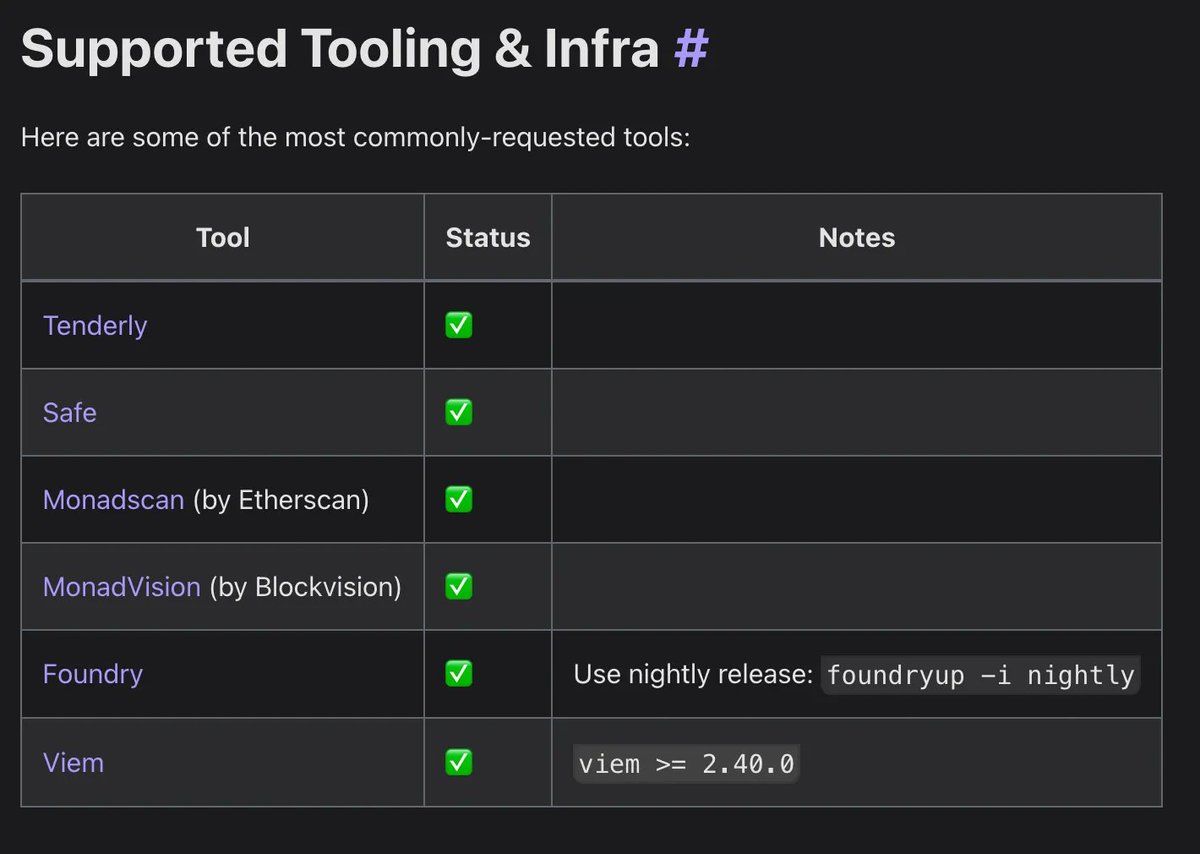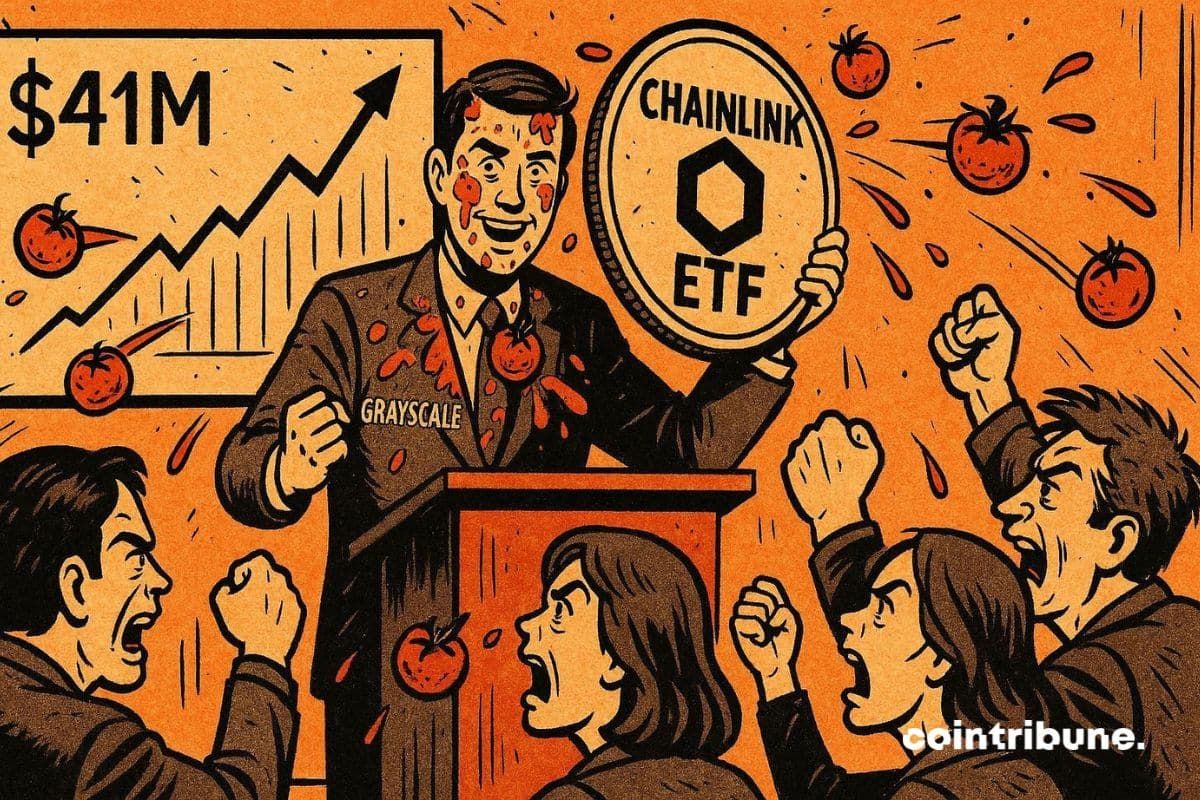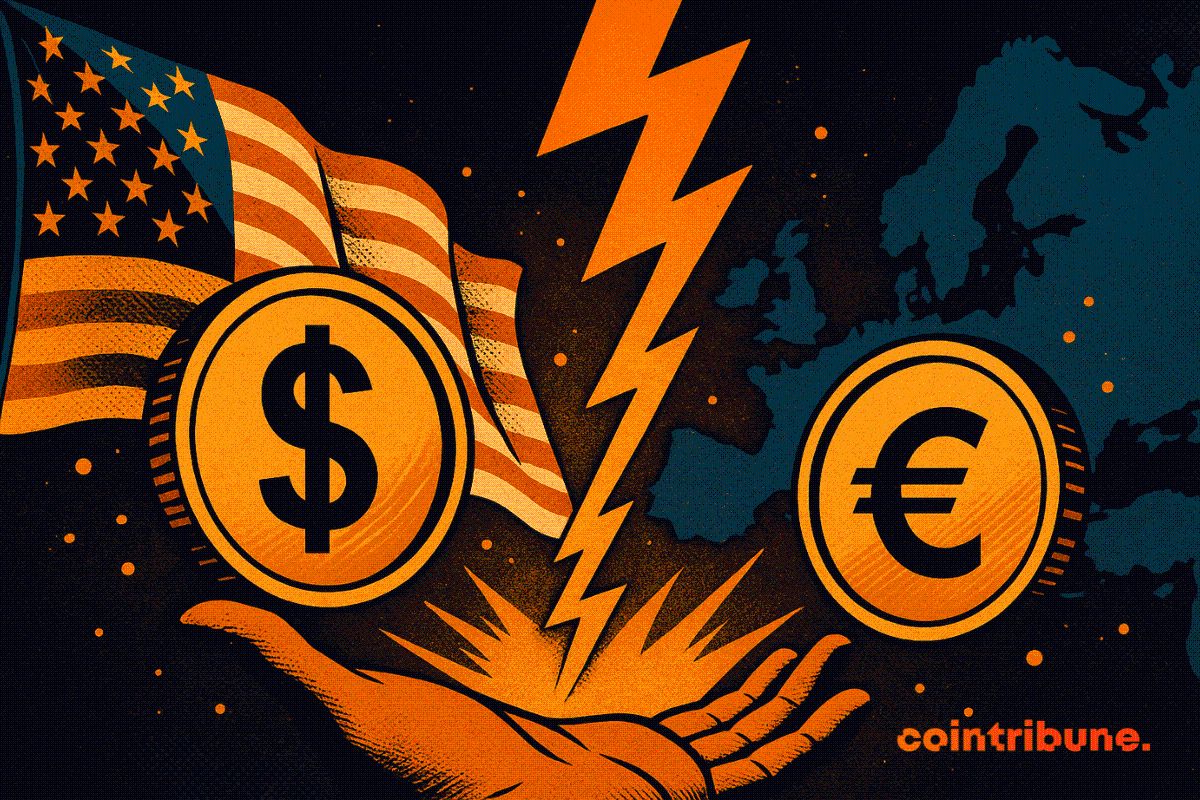- Ripple’s legal victory gives XRP clear regulatory status.
- Institutional interest in XRP is rising rapidly.
- XRP ETF proposals signal Wall Street’s growing interest.
Ripple’s long-standing legal battle with the U.S. Securities and Exchange Commission (SEC) recently turned in its favor. A judge ruled that XRP is not a security when sold to the public, offering much-needed regulatory clarity. This decision gives XRP a unique position in the crypto space — it’s one of the few major cryptocurrencies with a defined legal status in the U.S.
This clarity removes a significant hurdle for investors, especially institutional players who have traditionally stayed away from tokens facing regulatory uncertainty. Now, XRP is seen as a safer and more stable option compared to other digital assets still in legal limbo.
Institutions and ETFs: The Next Phase for XRP
With the legal fog lifted, institutional interest in XRP is surging. Major financial players are now exploring ways to get involved, and talk of XRP ETFs is gaining momentum. While no XRP-based ETF has been approved yet, several proposals are in early stages, following in the footsteps of Bitcoin and Ethereum ETFs.
ETFs are a game-changer — they allow investors to gain exposure to crypto without directly holding the assets. The approval of an XRP ETF would open the doors for Wall Street and mainstream investors, pushing XRP further into the spotlight.
What This Means for XRP’s Future
As the only top-10 crypto with regulatory clarity in the U.S., XRP is positioning itself as a serious contender in the institutional market . Combined with the growing buzz around ETF proposals, XRP could soon become Wall Street’s new favorite digital asset.
With legal risks reduced and traditional finance warming up to crypto, XRP’s future looks brighter than it has in years.




